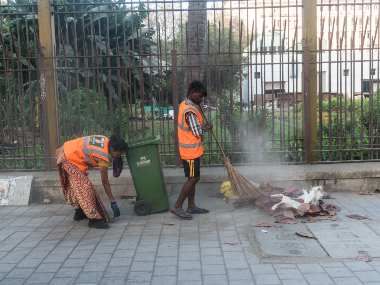India’s sanitation is broken, but there’s a plan to clean it up

India’s journey towards improving sanitation has been fraught with challenges, but recent initiatives signal a commitment to comprehensive change. For decades, many of India’s urban and rural areas have struggled with inadequate waste management systems, leading to severe environmental and health consequences. However, a significant push from the government and numerous non-governmental organizations is setting the stage for a cleaner, healthier nation.
The “Swachh Bharat Abhiyan” or “Clean India Mission” has been one of the most significant government-led efforts in this direction. Launched in 2014, the ambitious project aimed at eradicating open defecation and enhancing solid waste management. Its objectives also included promoting hygiene, constructing toilets, and providing sanitation facilities across India. The impact is noteworthy; reports show millions of toilets have been built, although usage and maintenance remain key challenges to address for sustained success.
To tackle these challenges head-on, the central plan involves not just infrastructure development but also behavioral change campaigns. Education plays a vital role in this plan; by molding mindsets from a young age through school programs that teach about the importance of cleanliness and sanitation, India hopes to foster a generation that prioritizes hygiene.
Simultaneously, innovation is fueling advancements in sanitation technology. Bio-toilets that compost human waste and convert it into biogas are being installed in various regions. Public-private partnerships are undertaking projects to streamline waste collection and processing, incentivizing recycling and proper disposal practices.
One of the chief hurdles remains integrating the fragmented efforts from various sectors into a unified strategy. To manage this challenge, coordination between government departments, private sector players, NGOs, and local communities is crucial. Regular monitoring and assessment of the progress are necessary to identify gaps in implementation and to devise practical solutions.
The international community’s role cannot be overlooked either. Funding from international organizations along with sharing best practices from global success stories provides crucial support to this mammoth task.
While India’s path towards improved sanitation is still under construction, there’s hope on the horizon. With persistent efforts, continuous innovation, and collective responsibility from all stakeholders involved, India’s plan to clean up its act isn’t just a pipe dream but could soon become a model for other nations grappling with similar issues.






